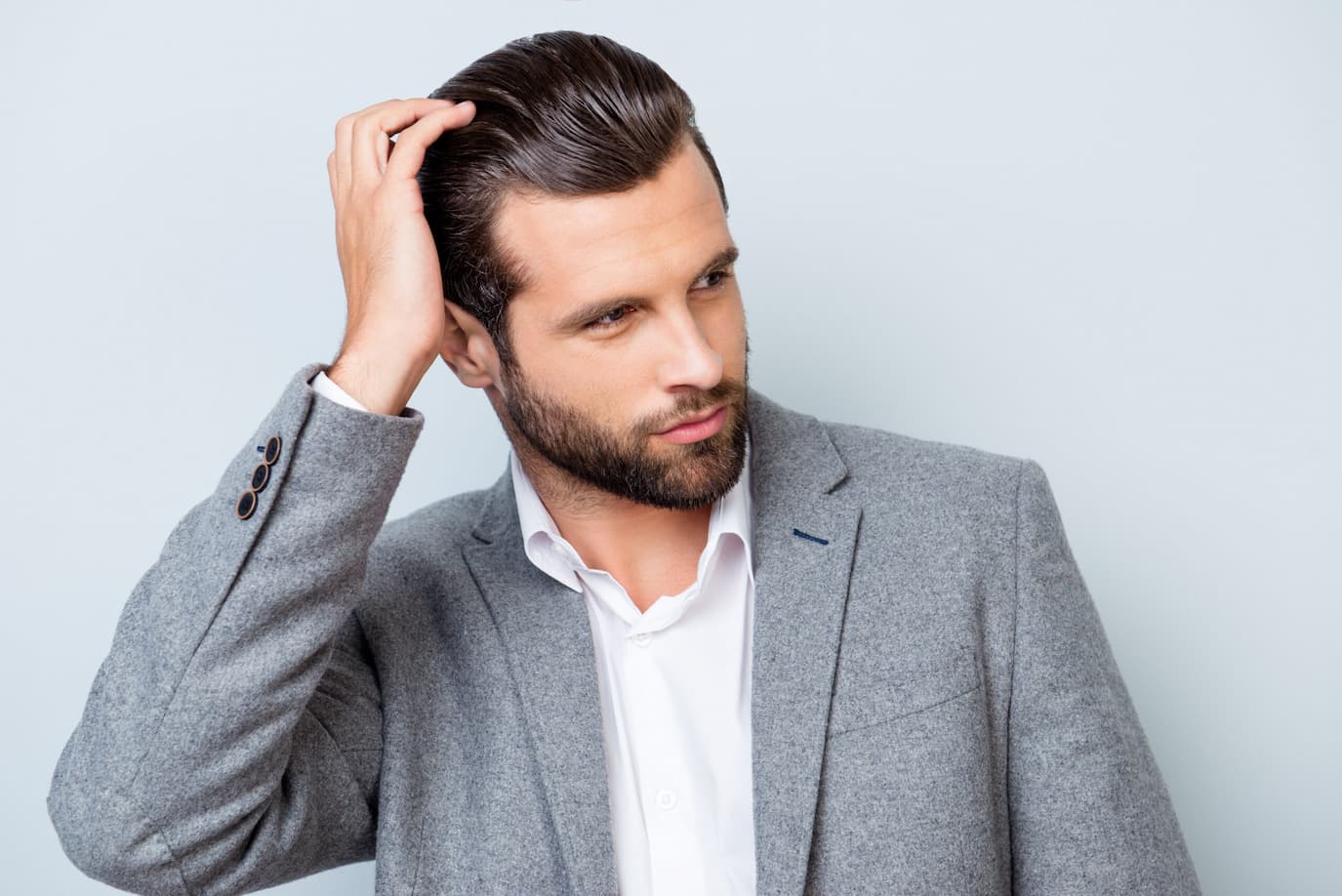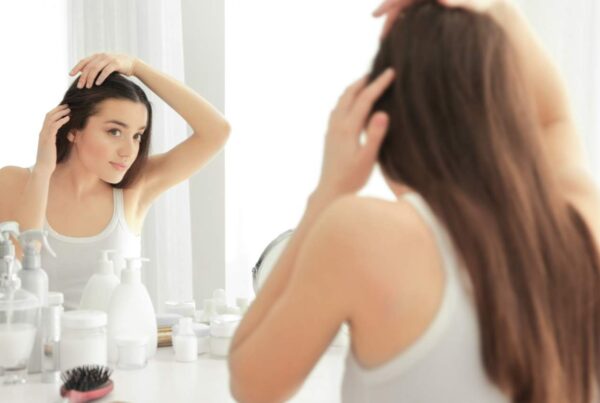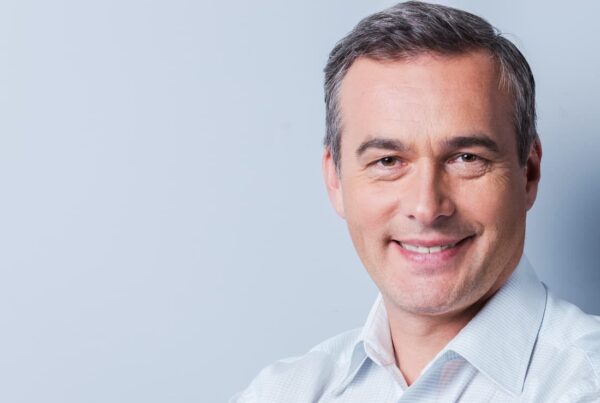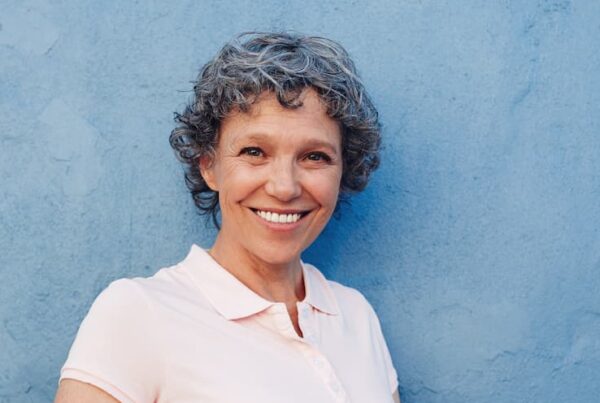Hello and welcome back to Starks, today we are talking about fine and thin hair and how to take care of it. You will even see some treatments that you can undergo at our hair care center in Milan.
Hair differs significantly from person to person and can be more or less strong, thin, smooth, and oily with the determining factor being a one’s genetics.
Some are born with fine and thin hair however over time that hair tapers, weakening until it breaks or falls, starting a phase of thinning.
It is essential to pay attention to these changes because hair health can be monitored through appearance and how it changes.
Fine hair: it’s not just an aesthetic question
Having fine and thin hair rather than thick and robust is more than an aesthetic difference. Thin hair is more vulnerable than and more prone to weathering; let’s see what factors are responsible for thinning hair.
Hair thinning, can depend on a genetic predisposition. Other factors that can determine the health of the hair are stress, the aggressive treatments to which we subject them (or have undergone them in the past), taking certain medications. The age of the subject, hereditary factors, and atmospheric agents also play a fundamental role in the health and thinning of the hair. Let’s briefly analyze these factors.
- Where we live. The place where we live and consequently, the atmospheric agents that can affect our hair can damage its “health.” Pollution, excessive exposure to the sun, and salt are the main atmospheric agents capable of unbalancing the delicate hydrolipidic balance of the scalp and hair in general.
- Stress, and more. Stress is a problem not only for the hair but for our health in general. If we are stressed, our whole body is affected, and, as if that were not enough, it can some nervous reactions, including trichotillomania, or the disorder of pulling hair. But spasms aside, the stress in and of itself can slow down hair growth and encourage the production of sebum, which in excessive quantities makes hair greasy and weak.
- Age and hair color. Those born with red hair will tend to have thinner hair than those born with brown hair. Except in special cases, a young man has thicker and stronger hair than an adult. White hair grows faster and is thicker, but the lack of melanin makes it more fragile. Age and hair color are factors that can vary over time. For example, it is not said that white hair appears only after a certain age, and indeed, there are many cases in which the canizia (white hair) occurs before the age of twenty.
- Bad habits. Bad habits are the worst for our hair. The use of aggressive dyes and shampoos, the discolorations, the incorrect use of the brush, the temperature of the phone too hot, the chlorine of the swimming pool. You must pay attention and, if necessary, change bad habits: just small precautions dictated by common sense.
READ ALSO: Does thinning hair grow back?
Fine and thin hair: remedies and treatments
After summarizing the leading causes of hair thinning, we can list the treatments you can undergo to assist with the problem and make your hair healthier and more structured.
- Cut for fine hair. It can certainly have positive effects by resorting to cuts for fine and sparse hair. Women can resort to scaled cuts, Rounded Carrè or Pixie Cut. They are all cuts for fine and thin modern hair that gives the woman a great personality, a sense of fullness, and greater volume thanks to the reduction of the weight of the hair.
- Products for fine hair. There are a large amount of products dedicated to hair care but we often forget the fundamentals. Using a shampoo for fine hair and a gentle restructuring mask is very important.
- Luminotherapy. The name says it: light therapy. Thanks to the particular High-Tech helmet and the low intensity LED light it is possible to reactivate the follicles, facilitating the production of proteins and improve the elasticity of the scalp and skin in general. The sessions last about 30 minutes and are completely painless.
Find out more about Luminotherapy.
- Mesotherapy is another very useful treatment to solve the problem of fine and thin hair. These are micro-injections of vitamins and hyaluronic acid carried out with extremely thin microneedles (less than a millimeter) practiced on the surface of the scalp and which have the purpose of stimulating hair growth making them even healthier, stronger and more robust.
Find out more about Mesotherapy.
- Dermopigmentation is a medical tattoo treatment that simulates a density effect or a 100% natural shaving effect. A good dermopigmentation treatment is given by the density of the dots and the small size of their diameter. The dermopigmentation differs from the classic tattoo for the type of ink that is used – much more subtle – and also from pigments which are biocompatible and absorbable to 100%. The reabsorbability guarantees an always optimal result with perfectly circular dots and the color as similar as that of the original hair.
Find out more about Dermopigmentation.
Thanks for viewing this post. Starks currently provides age management solutions in clinics located in France and Italy. Please click below to read this article in one of these languages.




